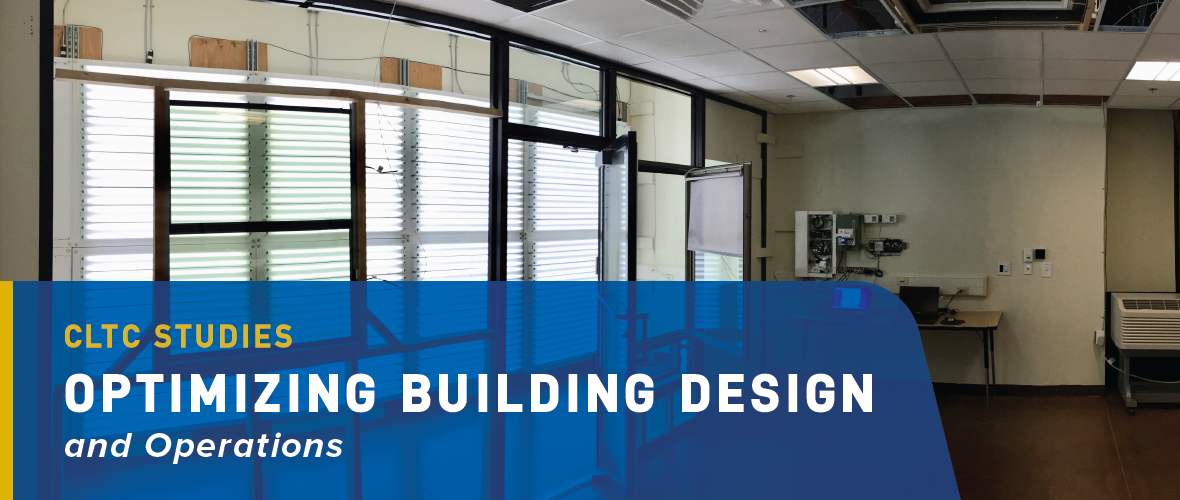
Designers, owners and operators are all faced with a myriad of decisions on how best to achieve their building design and operational goals. Complex and often conflicting objectives can make even the simplest decisions appear challenging. Take, for example, thermal comfort. According to the Department of Energy, adjusting temperature set points by just one degree for an eight-hour workday can save commercial building owners 3% in energy costs. This equates to thousands of dollars in savings each year. Clearly, the least costly alternative is to not heat or cool a building. However, we all know this option is not feasible as each adjustment made to save energy and reduce costs can adversely affect occupant comfort and productivity.
As buildings become smarter, we have gained the ability to dynamically-control our environment to achieve all kinds of goals. Thermal comfort, visual comfort, energy-efficiency and sustainability goals all influence our design and building operations decisions. To try and achieve these goals, we can adjust a dozen different systems to control the indoor environment including ventilation, lighting, heating, cooling, shading and security. As the list of these influential factors grows, mathematical optimization techniques can help us make better building management and operational choices. Within the building design community, these techniques are called design optimization.
Learn more about building design and operation optimization in the November 2019 LD+A Research column.
